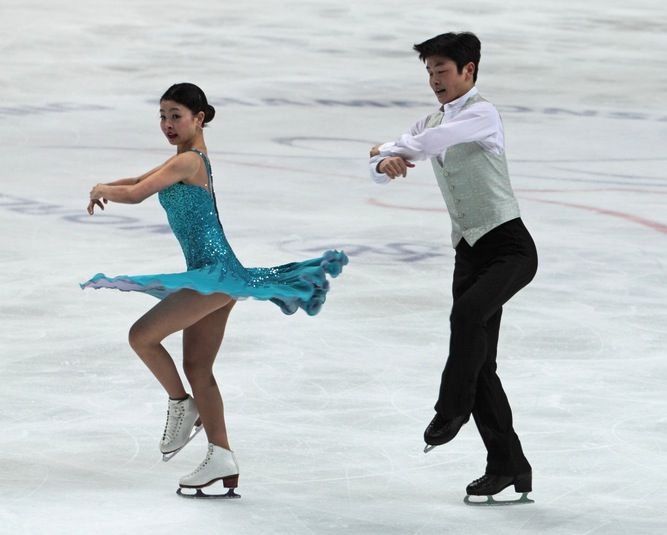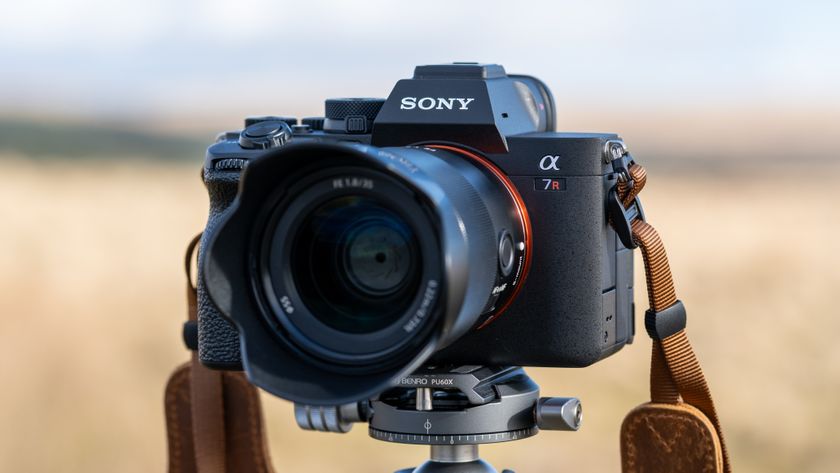How Computer Simulations Help Olympic Figure Skaters

To improve their technique and nail increasingly difficult jumps, figure skaters must contend with unforgiving physical limits of the human body.
Some athletes — including Team USA's Gracie Gold and Ashley Wagner who are competing in the Winter Olympics in Sochi — have turned to computer models seeking the slight adjustments that could help them spin faster in the air to land their triple axels and toe loops on the ice.
Jim Richards, a professor of kinesiology and applied physiology at the University of Delaware, developed a system of to help figure skaters refine their jumps. It uses motion-capture cameras to record an athlete's movements, and allows skaters to watch a simulation of their jumps, performed by a humanoid figure on a computer screen. [Winter Warriors: The Fitness Skills of 9 Olympic Sports ]
Richards and his team can then run new simulations on the computer, making small adjustments to the avatars' movements in the air to see how certain tweaks would affect the skaters' performances.
"The best part is that within just a few minutes, we can show them how making a small but specific change can effect a big change in terms of their ability to land their jumps and avoid repeated falls," Richards said in a statement.
But sometimes the computer's recommendations were difficult for the skaters to swallow. According to Richards, only one of the 80 skaters he has worked with was able to carry out the suggested adjustment on the first try.
"What we found was that the skaters had a spinning comfort zone of about 330 RPM (revolutions per minute), and we were trying to get them to at least 400 and even to 430 or 440 for a quad," Richards explained. "Their bodies were telling them it wasn’t safe, so we realized we needed to strategize with them about how to accomplish more rapid spinning. It wasn’t enough to just tell them what to do — we also had to tell them how to do it."
Sign up for the Live Science daily newsletter now
Get the world’s most fascinating discoveries delivered straight to your inbox.
Slight modifications could mean a world of difference in a sport like figure skating that has changed rather slowly over time. Right now, the quadruple jump, a jump with four revolutions in midair, is considered the most challenging figure-skating move and it's only become more common among male skaters in the past 25 years. A five-spin jump, or quintuple, would require skaters to jump higher, spin faster and stay in the air longer — and with all that comes a greater risk of injury in the event of a fall.
Gold and Wagner, as well as Team USA male competitors Jeremy Abbott and Jason Brown, are among the dozens of skaters who have turned to Richards' system for feedback.
"I think our kids are in good shape for Sochi," Richards said. "Their air position is good."
Follow Megan Gannon on Twitter and Google+. Follow us @livescience, Facebook & Google+. Original article on Live Science.













